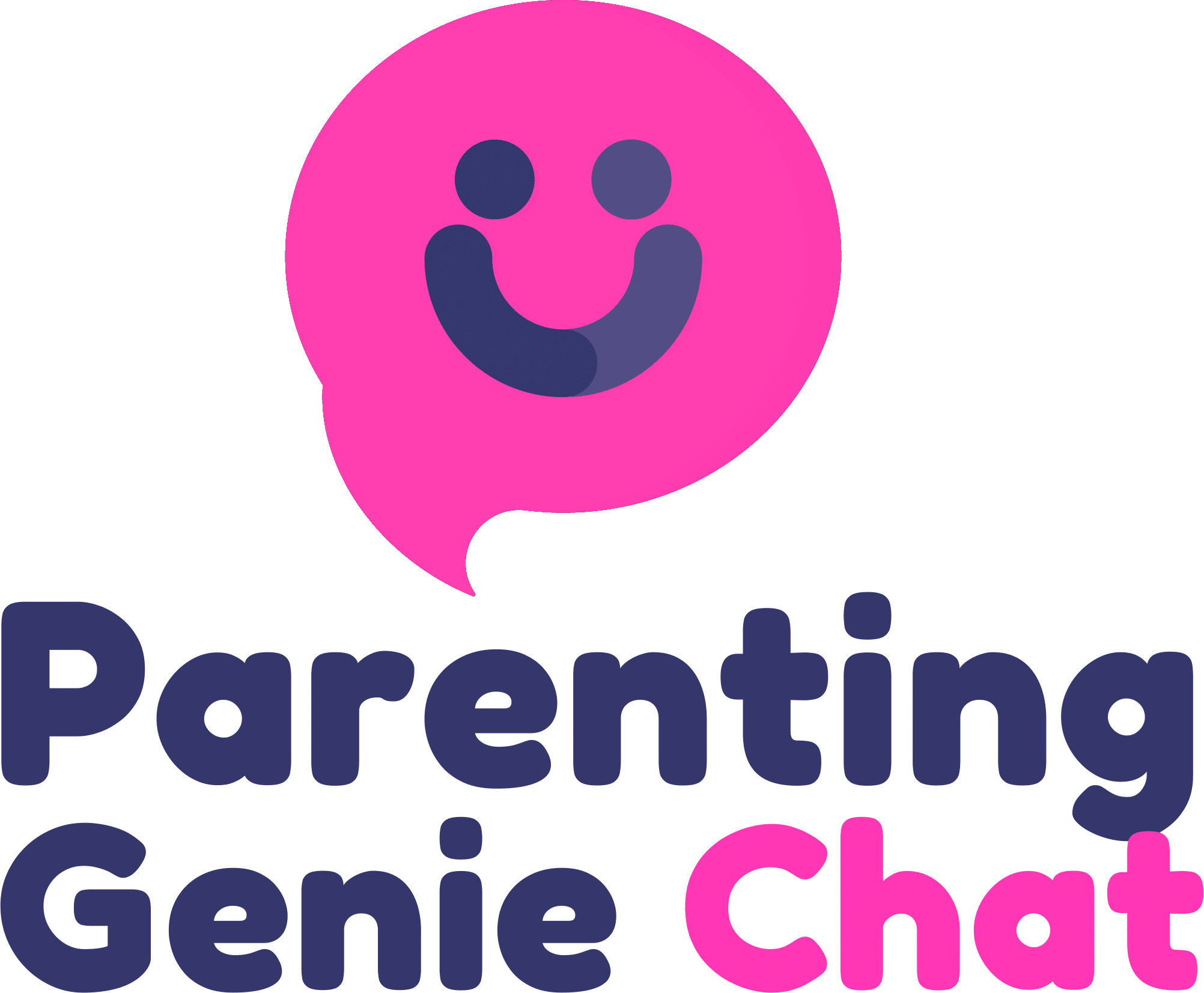
- +61 1300 704 750
- admin@parentinggenie.com.au
- PO Box 706, Townsville, QLD 4810

Genie Chat
Introduction
As your baby reaches the exciting milestone of starting solid foods, you may find yourself intrigued by the concept of baby-led weaning. This innovative approach allows babies to take the lead in exploring and self-feeding with solid foods. In this blog, we delve into the world of baby-led weaning, offering insights, practical tips, and guidance to help you navigate this unique and empowering journey of introducing solid foods.
What is Baby-Led Weaning?

Baby-led weaning (BLW) is an approach that shifts the traditional feeding dynamic. Instead of spoon-feeding purees, baby-led weaning encourages babies to self-feed with appropriately sized, soft, and manageable pieces of food. This approach respects a baby’s developmental readiness to explore and learn about food through touch, taste, and independence.
Benefits of Baby-Led Weaning:

Baby-led weaning empowers babies to self-regulate their eating, fostering a healthy relationship with food from the start.
Practical Tips:
Offer a variety of foods and let your baby decide how much to eat. This allows them to listen to their hunger and fullness cues, supporting a balanced approach to eating.
Babies engage their senses as they handle different textures, shapes, colors, and tastes, promoting sensory development.
Practical Tips:
Present a range of textures, from soft to slightly textured foods. Let your baby explore the sensation of touching, squishing, and tasting different foods.
Baby-led weaning encourages family meals as babies participate in eating what the family eats (with appropriate modifications).
Practical Tips:
Offer modified versions of family meals to ensure they are baby-friendly. Enjoying meals together sets the foundation for healthy eating habits.
Picking up, grasping, and biting into foods promote fine motor skills and hand-eye coordination.
Practical Tips:
Choose foods that are easy to grasp and encourage the use of fingers. This helps develop the pincer grasp and supports fine motor development.
Babies who are actively involved in food choices may develop a broader palate and be more open to trying new foods.
Practical Tips:
Expose your baby to a variety of flavors and foods early on. Continue offering foods they may have initially rejected; tastes can change over time.
Navigating Baby-Led Weaning
Prioritize safety by offering appropriate-sized, soft, and easily manageable foods to prevent choking hazards.
Practical Tips:
Cut foods into stick-like shapes that are easy for your baby to hold. Avoid small, round, or hard foods that can pose a choking risk.
Choose a variety of nutrient-rich foods, including fruits, vegetables, grains, and proteins, to ensure a balanced diet.
Practical Tips:
Create a colorful plate with a mix of foods to entice your baby’s curiosity. Rotate through different food groups to provide a diverse range of nutrients.
Observe your baby’s cues and appetite. Allow them to explore at their own pace without pressure.
Practical Tips:
Pay attention to your baby’s facial expressions, body language, and interest in food. Don’t rush mealtime; let your baby set the pace.
Create a comfortable and distraction-free mealtime environment that encourages focus on food exploration.
Practical Tips:
Minimize distractions like screens or loud noises during mealtime. Make eye contact and engage with your baby to create positive associations with eating.
Use a highchair or booster seat that promotes an upright posture, making it easier for your baby to handle food.
Practical Tips:
Ensure your baby is seated securely and comfortably. A proper seating position helps them manipulate food and prevents choking hazards.
Baby-led weaning can be messy, and that’s okay! It’s all part of the learning experience.
Practical Tips:
Embrace the mess by using a bib and placing a plastic mat under the highchair. Let your baby explore food textures freely.
Start with simple foods and gradually introduce more complex textures and flavors.
Practical Tips:
Begin with soft fruits and vegetables, then progress to cooked meats, grains, and other textures. Offer a single new food at a time.
Your baby knows their hunger and fullness cues best. Trust them to eat according to their needs.
Practical Tips:
Avoid pressuring your baby to finish a certain amount of food. Let them decide how much they want to eat.
Conclusion
Baby-led weaning is more than just a feeding approach; it’s a philosophy that honors a baby’s innate curiosity and ability to explore their world through food. By embracing this journey, you’re fostering a lifelong love for healthy eating and independence in your little one. As you embark on this adventure, remember that each baby is unique. Be patient, celebrate their successes, and savor the joy of watching your baby grow into a confident and curious eater.
Explore our Baby-Led Weaning Toolkit for even more in-depth guidance, tips, and resources to make your baby’s transition to solid foods a joyful and empowering experience. Don’t forget to engage with CareChat, our intelligent parenting chatbot, for instant answers to your questions.
Also Read: Encouraging Healthy Eating Habits: Nutritional Choices for Preschoolers